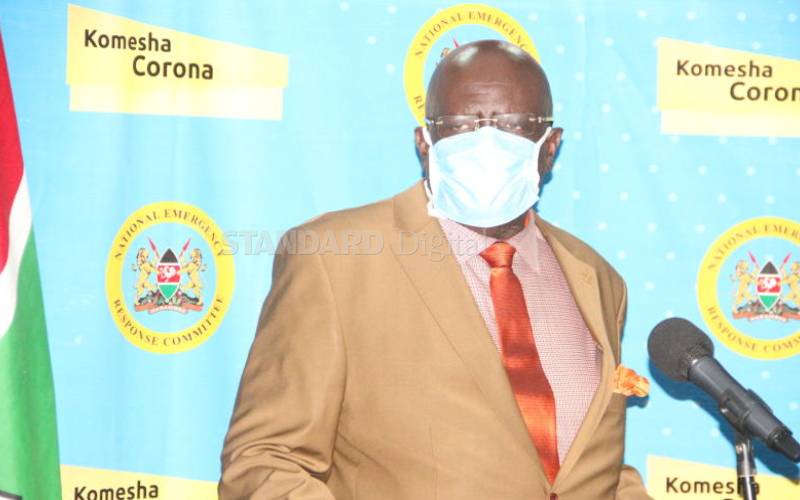×
The Standard e-Paper
Informed Minds Prefer The Standard

The closure of schools in March 2020 after cases of Covid-19 were detected left the government with tough choices.
The Ministry of Health was compelled to set up strict containment measures that include keeping social distance, regular hand washing and mandatory wearing of masks in public places.